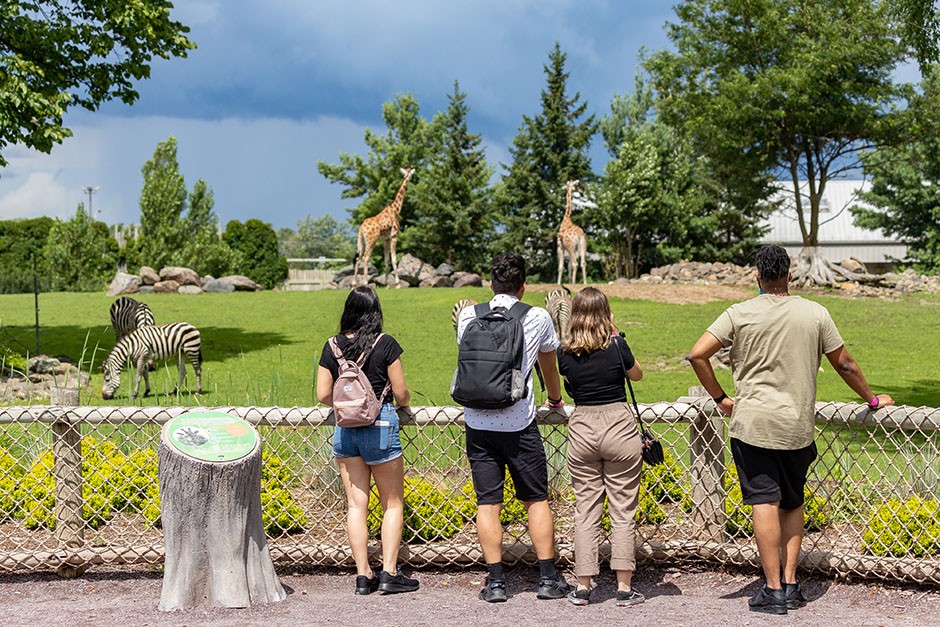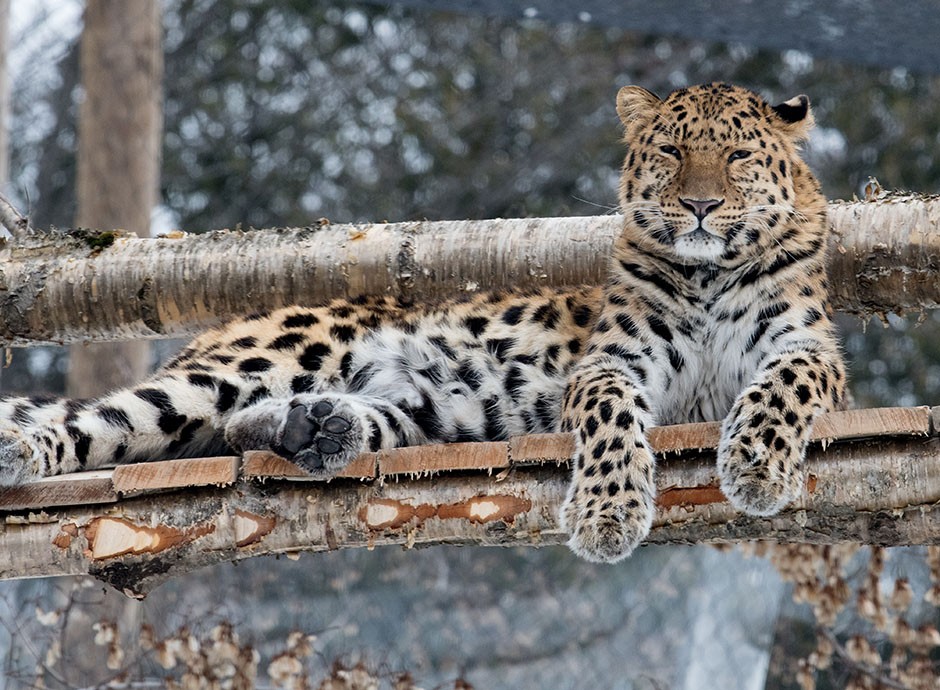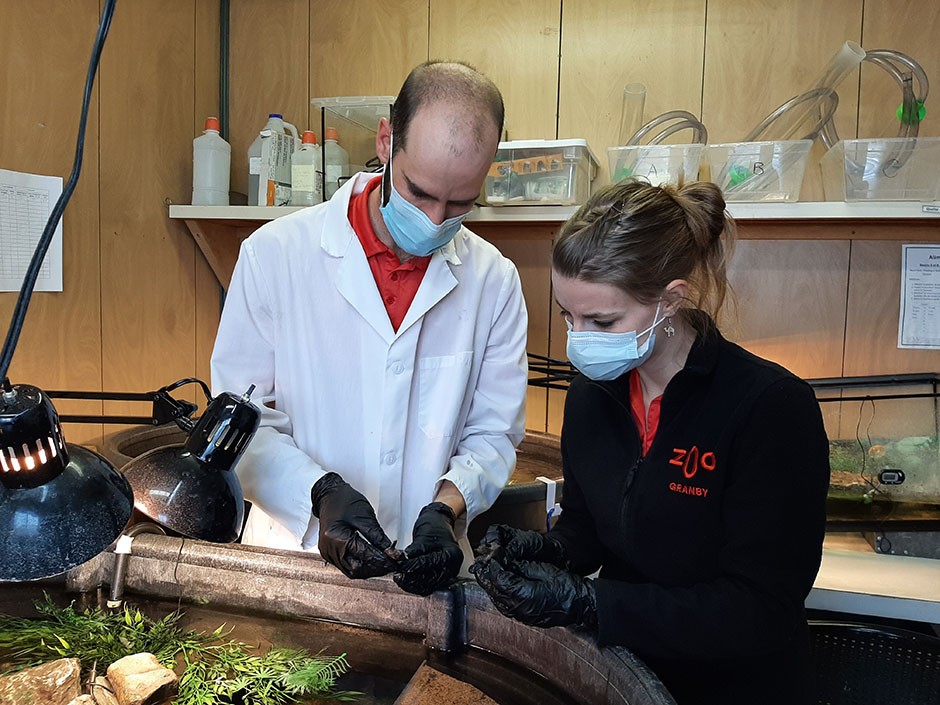Zoos and aquariums are very popular tourist attractions, accepting over 200 millions visitors per year in North America, and around 700 millions in the world. While being a prime holiday and weekend destination, zoos also have their critics. Values and ethical concerns are usually put forward by people opposing zoos.
But not all zoos are created (or rather managed) equally. What are called “roadside zoos” often exhibit poor animal welfare and lack any educational, conservation or research efforts. On the contrary, accredited institutions are part of a network of zoos that value animal welfare, the preservation of species and their habitats, and science. They submit themselves to public scrutiny and regular inspections by legal and regulating bodies. As the research coordinator at a zoo (and of course part-time PhD candidate here at Concordia), I wish to highlight how doing research in a zoo can benefit animals, institutions and science in general.
Having diverse animals in the same place allows to conduct multi-species comparative research, a fruitful way to address many fundamental questions about biology, physiology, cognition and evolution. Zoos also offer the opportunity to study rare or endangered species that are difficult to observe in nature. For example, there are less than 100 individuals of the rare and elusive Amur leopard in the wild, but approximately 350 in captivity.
The opportunity to study wild populations of Amur leopards is very limited, therefore, studying captive individuals provides ample opportunity to better understand this species improving conservation efforts. For the Amur leopard, and many other of the 40 000 species threatened with extinction, captive research gives us important information on physiology, reproductive biology, health, behaviour and much more. This data is essential for a better understanding of the species’ biological requirements and to design effective management plans and policies.


 Visitors at the zoo, unaware of all the science going on in the back scene! Credit: Bertrand Duhamel.
Visitors at the zoo, unaware of all the science going on in the back scene! Credit: Bertrand Duhamel.
 Amur leopard at Zoo de Granby
Amur leopard at Zoo de Granby
 Multidisciplinary teamwork
Multidisciplinary teamwork
